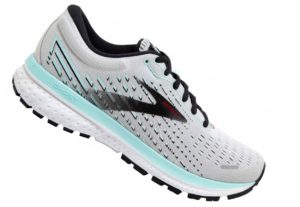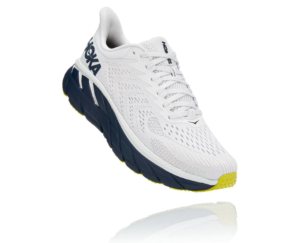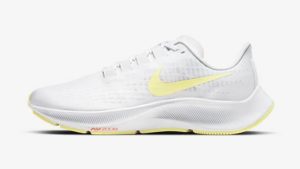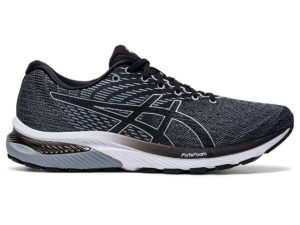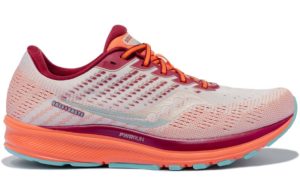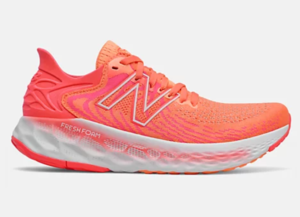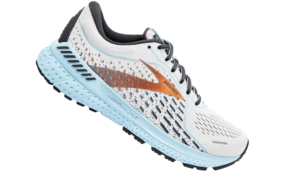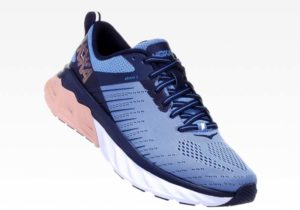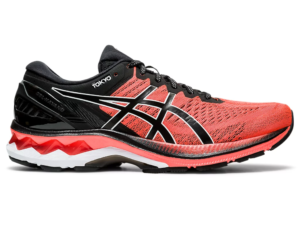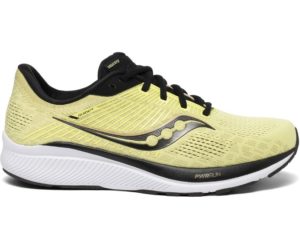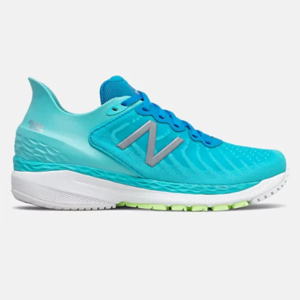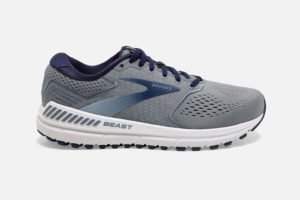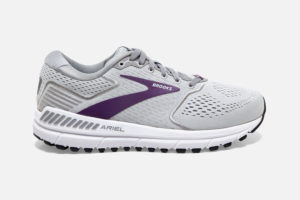Standing for hours on hard surfaces in the laboratory can be taxing on your feet, legs, joints, and more. Allows us to help you find some comfortable footwear to help ease the discomfort.
Feeling Sore?
Tips & Tricks to Help Foot Pain
Part I
Karen DiDonato ⋅ April 13, 2021
Many people don’t think much about their feet — until they hurt. Working in the laboratory on hard — typically concrete — floors can be very taxing on the body. In honor of Foot Health Awareness Month, we’re here to guide you in finding the best sneakers to wear while working all day (and night!) in the laboratory. We hope this will help provide support and ease the strain standing can be on the body.
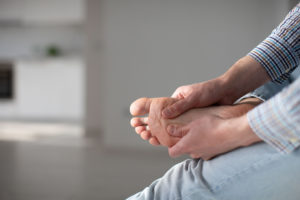
Of course we’re not doctors. We’re just providing suggestions based on experience and feedback from other healthcare professionals. We always recommend visiting a local running store for a full evaluation, and if you have problems with your feet that a running store can’t help tackle, please visit your doctor or a podiatrist.
Depending on where you are in the United States, you might say “sneakers,” “tennis shoes,” or even “gym shoes”. For the purpose of this blog (and that I was born and raised in New England), we’ll side with “running shoe” and the more colloquial “sneaker”, which Mirriam-Webster defines as “a sports shoe with a pliable rubber sole.”
For walking and standing on hard surfaces, we recommend a running shoe over a walking shoe since running shoes offer the maximum cushioning, comfort, and stabilization.
There are three kinds of running shoes: neutral, stability, and motion control.
Neutral Shoes
A neutral shoe allows the foot to flex and move freer, and are recommended for those who have a neutral gait. It offers no stabilizing features and does not have extra structure to correct over pronation, which is the inward roll of the ankle that occurs when the foot impacts the ground. The lack of extra structure means it can be a lighter shoe than stability or motion control shoes.
Examples include:
Stability Shoes
Stability shoes are designed with extra support in the midsole — especially in the arches — to help the foot stay in a neutral position. They are made to correct excessive pronation.
Examples include:
Motion Control Shoes
Motion control shoes are designed with extra heavy-duty support in the arch area as well as the heel of the shoe to correct severe overpronation. Motion control shoes do not allow for a lot of movement of the feet, so they are even less flexible than stability shoes.
Examples include:
Because the options listed above can be pricey, we have a tip for budget buyers: buy last year’s model. Running shoes are updated annually, and prior year models can be much cheaper.
Here’s how to know: Take a look at the model name and number of the shoe. For example, Hoka One Clifton 7. Hoka One is the brand name, Clifton is the model name, and 7 is the model number. Last year’s model number was 6. Simply search online for last year’s model, which you will likely find at a reduced price as compared to the newest model. NOTE: Some updates to the shoe may have been done, so make sure to try on your shoe prior to committing to it.
Once you buy your shoes, we recommend allowing for a one- to two-week break-in period before wearing them for 8 to 10 hours or going for a long run. A lot of stores have “try-on” periods where the shoes can be returned for a refund or replacement.
Most running shoes have a lifespan of 300 to 500 miles. This figure depends on intensity of use, activities done while wearing the shoes, weight of the person wearing them, gait, how the foot hits the ground, etc. You may notice obvious signs of wear (the bottom or sides are visibly beaten up, the treads are worn out, or the midsole is wrinkling), but there are less visual signs that should be considered. Do you notice you are now having more foot or ankle pain? Are your knees and/or hips hurting more lately? Do your legs feel more tired than normal? The materials in the shoe may have worn down or compressed to the point where they no longer provide the same level of cushioning they once did.
In order to make your sneakers even more comfortable and better fitting, consider adding inserts. They can help relieve pain, make even the best running shoes more comfortable by giving you extra support when you need it. The second part of this blog series will address inserts and orthotics.
Give some consideration to investing in a good pair of well fitting sneakers. Your body will thank you for it!

